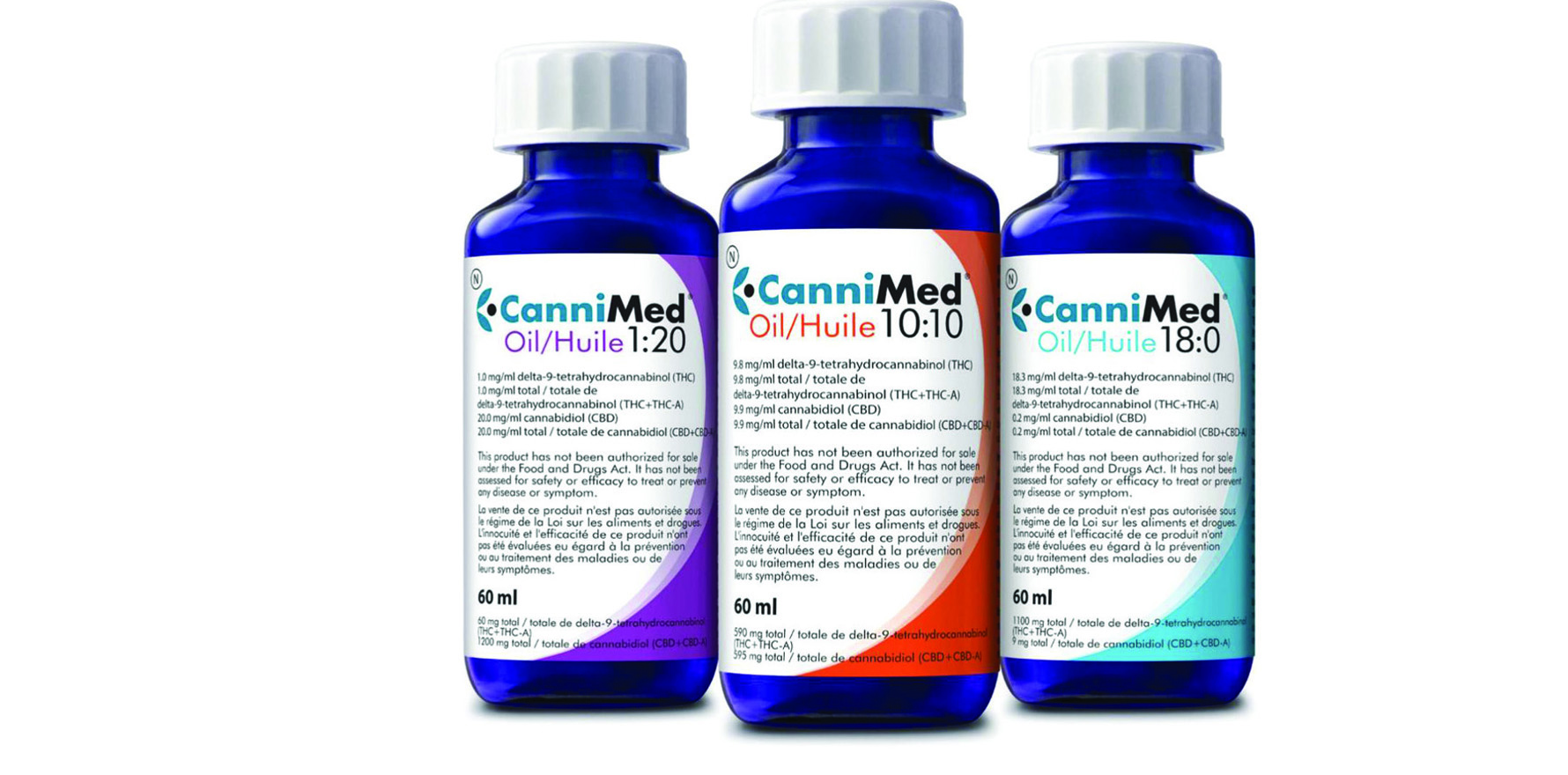The first medical cannabis products have arrived in Australia but only one state is providing clinical guidance for prescribers
As the first medical cannabis imports arrive here in Australia, the absence of national clinical prescribing guidelines is raising concern among doctors.
The first shipments arrived in Perth this month, fulfilling the government’s pledge in February to fast-track access to the drug.
Creso Pharma and Health House International have imported three types of cannabis oils from Canadian company CanniMed.
However, as yet Queensland is the only state or territory in Australia with any detailed guidance for prescribers.
To be fair, the TGA has commissioned a group of three universities to develop national clinical guidance on the use of medical cannabis products.
But this group only had their first meeting in February in Sydney and are meeting again in Melbourne this month to discuss the role of cannabis products in the management of epilepsy and palliative care.
“I’m sure there will be some [clinical guidelines] rolled out at a later date,” said Paul Mavor, Director of Health House International.
But for now, the burden is on the individual medical practitioner to collect evidence for the specific use of the cannabis product and assess benefits and harms, a spokesperson for the NSW Department of Health said.
Professor Jennifer Martin, a clinical pharmacologist and physician at the University of Newcastle, believes this political strategy of allowing imports of medical cannabis without first developing prescribing guidelines of has left doctors in an uncomfortable position.
“We have none of the evidence usually required for prescription of a therapeutic and we are just really worried about the safety,” she said.
“Usually, it takes 15 years to go from having a chemical available to giving a drug to patients. And we’ve gone from zero to importing a drug in two years. And we don’t really have a framework yet although we are developing one.”
More concerning, however, was the lack of robust clinical trials to support the use of medical cannabis, although many are now underway, said Professor Martin.
“The reality is there are pretty much no rigorous clinical data yet,” she said. “No one has actually studied medical cannabis properly for the indications consumers are requesting.”
Any clinical guidelines for Australia would be based predominantly on lower quality observational data, she said. “There are some data out there but it is not of the quality that we would usually rely on to write a script.”
The two groups of medical practitioners that might be the first to prescribe medical cannabis included paediatricians, who were currently using cannabidiol for epilepsy in clinical trials, and palliative care doctors, said Professor Martin.
We have none of the evidence usually required for prescription of a therapeutic and we are just really worried about the safety.
But among GPs, cannabis prescribing was viewed with scepticism, she said.
“GPs don’t appear to see a huge clinical need yet,” she said. “It detracts from giving people proper, evidence-based medicine on therapeutics for which we know the risk- benefit profile.”
“We are still a long way from enabling doctors to prescribe medical cannabis because for most conditions in which it is used we already have a lot of very effective and well-studied drugs.”
The push to meet consumer demand for medical cannabis is at odds with the medical profession’s more cautious approach, said Professor Martin.
Since February, the government has issued 30 permits to import products from Canada, Switzerland and The Netherlands.
Nine domestic licenses have also been granted this year for the cultivation and manufacture of medical cannabis products.
In the absence of national guidelines, the federal Department of Health directed prescribers to online resources, such as an American report on medical cannabis by the National Academies of Sciences, Engineering, and Medicine.
The Queensland Government published Australia’s first clinical guidance for medical cannabis in March.
This guidance also states there is insufficient evidence for most indications, including chronic pain, spasticity, and nausea and vomiting due to chemotherapy.
However if medical cannabis is being considered, the guidelines advise doctors to check the patient does not have a history of drug dependence or mental illness.
Contraindications for medical cannabis include pregnancy, breastfeeding, hypersensitivity to any cannabinoid, severe and unstable cardio-pulmonary disease and a family history of schizophrenia.
Patients with no prior experience of cannabis who are initiating therapy for the first time are cautioned to begin with a very low dose, such as 1mg daily THC,” the guidance said.
In addition, patients who take medical cannabis must be advised they are unable to drive while on this therapy.


